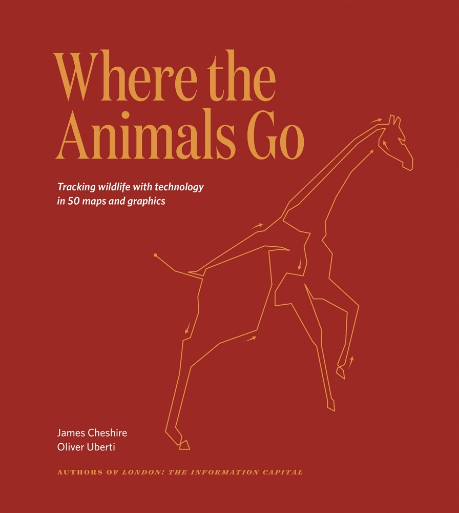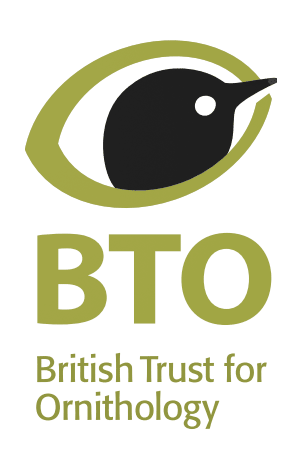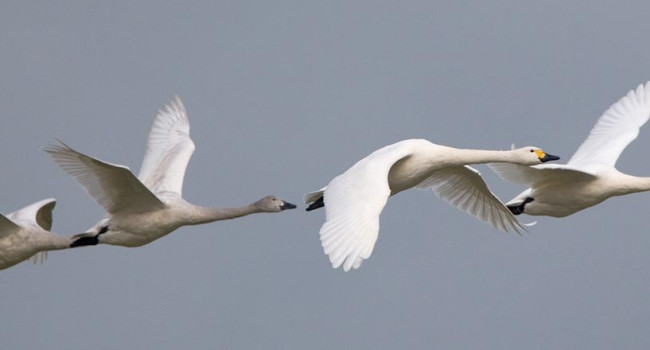
Publisher: Particular Books, London
Publication Year: 2016
Binding: 2
Page Count: 174
ISBN Number: 9781846148811
Price: £24.99
Where The Animals Go: Tracking Wildlife with Technology in 50 Maps and Graphics
From the very first page this book is an enthralling look at the world that technology can help us uncover. It is not just a look at where the animals go, but why they are going, how the animals get there, the problems they encounter and the stories of some of these individuals.
We think we know a lot about the natural world but one of the things that tracking demonstrates again and again is that we underestimate what individuals are capable of – and perhaps more surprisingly, what they do on a regular basis. Who knew that their local ‘seagull’ may in fact be spending its winters in sub-Saharan Africa; or that whales like to visit mountains under the ocean? Another story that sticks in the mind from this book is that of a rehabilitated turtle: taken in in poor condition and released ten years later. It swam straight to where it was ‘supposed’ to be against the current, all the way across the Atlantic to Cape Verde. What a feat! Not only to know where to go when you’ve been prevented from moving naturally for almost a decade, but to get there against the force of the ocean.
How animals navigate is a key question that this book keeps asking. We only know small bits of the picture, but thanks to this technology, we are slowly learning more. The ingenuity behind some of the uses of technology is remarkable: bar-coding ants, monitoring sea temperatures via seals, looking for penguin colonies from space and looking at social movements of woodland birds (clue: it’s not just about the tweets).
What are often excluded when we communicate these results as scientists are the stories behind the results. Distancing ourselves from our work makes it less engaging rather than more, and this book draws together the stories of the people doing the research and presents it as a whole. Like this, it is accessible to a much wider range of audiences: it shows studies in their entirety… from the first glimmer of idea through to how the animals themselves have shaped further research. It also shows again and again the dedication of the people who follow these animals across continents, oceans and icy wastelands.
With the intrigue of discovery the book also conveys some powerful conservation messages: we know that elephants are in decline, but looking at where named individuals have been shot really brings home to us that this is happening. Here. Now. It shows us with impartiality the effects we are collectively having on these animals - directly and indirectly. It also showcases both the resilience and fragility of nature: sometimes our actions have larger implications than we realise.
I can’t review this book without mentioning the maps, which are exquisite. They convey an astounding quantity and quality of information, although much like the whole book they leave you wanting more. Perhaps this is the hallmark of a good book: it leaves you with more questions than you started with.
Book reviewed by Emily Scragg
Buy this book




Share this page